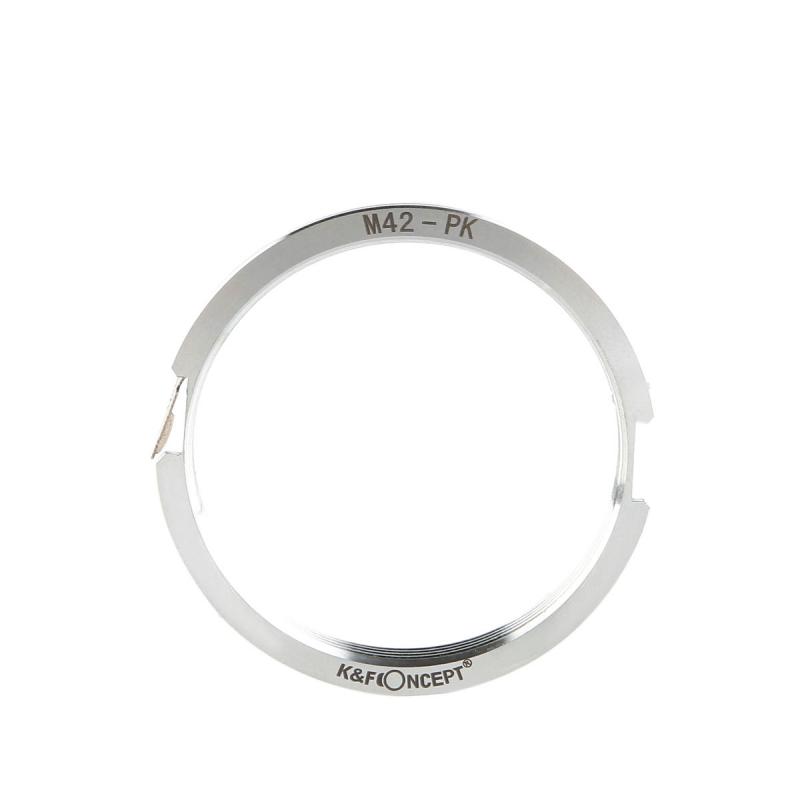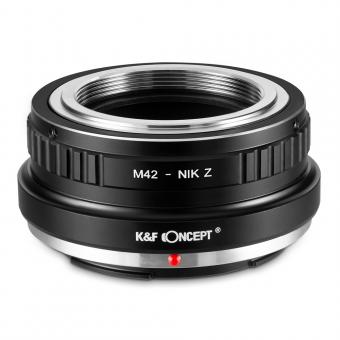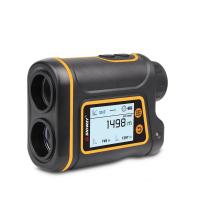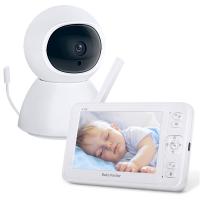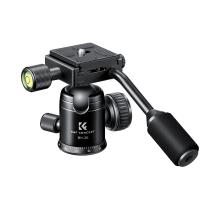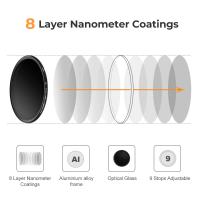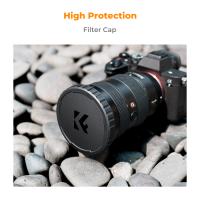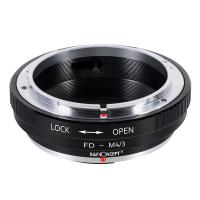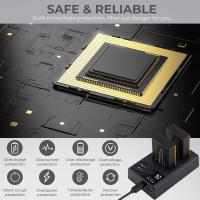Who Man Public Surveillance Camera ?
Public surveillance cameras are typically managed and operated by government entities or law enforcement agencies. These cameras are strategically placed in public spaces such as streets, parks, and transportation hubs to monitor and enhance public safety and security. The footage captured by these cameras can be used for various purposes, including crime prevention, investigation, and evidence gathering. The installation and maintenance of public surveillance cameras are subject to legal and privacy regulations to ensure that they are used responsibly and in accordance with the law.
1、 History of public surveillance cameras
The history of public surveillance cameras dates back to the mid-20th century when closed-circuit television (CCTV) systems were first introduced. The primary purpose of these cameras was to monitor and ensure public safety in high-risk areas such as banks, government buildings, and public transportation hubs. Over time, the use of surveillance cameras expanded to other public spaces like streets, parks, and shopping centers.
The implementation of public surveillance cameras has been a subject of debate, with proponents arguing that they enhance public safety and deter crime. They believe that the presence of cameras acts as a deterrent to potential criminals and helps law enforcement agencies in identifying and apprehending offenders. Additionally, surveillance cameras have been used to monitor traffic flow, detect accidents, and assist in emergency response.
However, critics raise concerns about privacy invasion and the potential for abuse of surveillance systems. They argue that constant monitoring of public spaces infringes upon individuals' right to privacy and can lead to a surveillance state. There have been instances where surveillance footage has been misused or leaked, raising questions about the security and integrity of these systems.
In recent years, advancements in technology have significantly transformed public surveillance cameras. High-definition cameras, facial recognition software, and artificial intelligence algorithms have made it possible to capture and analyze vast amounts of data in real-time. This has raised further concerns about the potential for misuse and the erosion of privacy rights.
The latest point of view on public surveillance cameras emphasizes the need for a balance between public safety and individual privacy. It is crucial to establish clear guidelines and regulations regarding the use of surveillance systems, ensuring transparency, accountability, and oversight. Additionally, public awareness and education about the purpose and limitations of surveillance cameras can help alleviate concerns and foster trust between citizens and authorities.
In conclusion, the history of public surveillance cameras spans several decades, with their use expanding to various public spaces. While they have proven to be effective in enhancing public safety, concerns about privacy invasion and potential misuse persist. Striking a balance between security and privacy is essential, and it is crucial to establish robust regulations and promote public awareness to address these concerns.
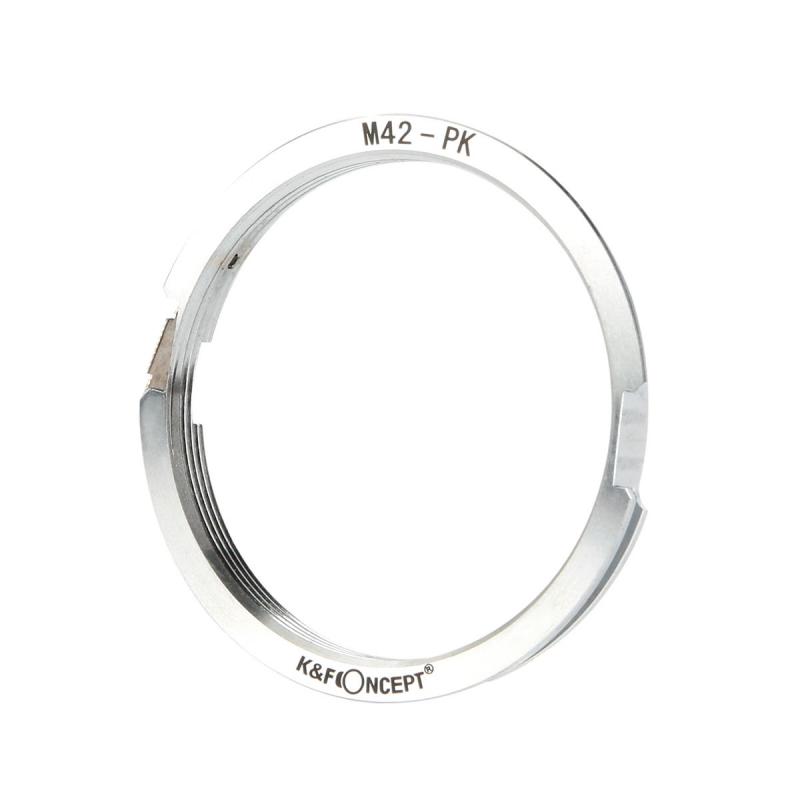
2、 Types of public surveillance cameras
Public surveillance cameras are a crucial component of modern urban security systems. They play a significant role in deterring crime, monitoring public spaces, and ensuring the safety of citizens. These cameras are strategically placed in various locations, capturing real-time footage that can be used for investigation and evidence purposes.
There are several types of public surveillance cameras commonly used today. One type is the fixed camera, which is mounted in a specific location and provides a fixed view of the area. These cameras are often used in high-crime areas or at critical infrastructure sites. Another type is the pan-tilt-zoom (PTZ) camera, which can be remotely controlled to rotate, tilt, and zoom in on specific areas of interest. PTZ cameras are particularly useful in monitoring large public spaces or tracking suspicious activities.
In recent years, advancements in technology have led to the emergence of intelligent surveillance cameras. These cameras are equipped with advanced features such as facial recognition, license plate recognition, and behavior analysis. They can automatically detect and alert authorities about potential threats or suspicious behavior, enhancing the effectiveness of public surveillance systems.
However, the use of public surveillance cameras has also raised concerns about privacy and civil liberties. Critics argue that constant monitoring of public spaces infringes upon individuals' right to privacy. Additionally, there are concerns about the potential misuse of surveillance footage and the risk of data breaches.
To address these concerns, it is essential to strike a balance between public safety and privacy rights. Implementing strict regulations and guidelines for the use of surveillance cameras can help ensure that they are used responsibly and ethically. Transparency and public awareness campaigns can also help educate citizens about the purpose and limitations of public surveillance systems.
In conclusion, public surveillance cameras are an integral part of modern security systems. They come in various types, including fixed cameras and PTZ cameras, and are increasingly becoming more intelligent with advanced features. While concerns about privacy and civil liberties exist, it is crucial to find a balance between public safety and individual rights to ensure the effective and responsible use of surveillance cameras.

3、 Benefits of public surveillance cameras
Public surveillance cameras are a crucial tool in maintaining safety and security in our communities. These cameras, often installed in public spaces such as streets, parks, and transportation hubs, serve several important purposes.
Firstly, public surveillance cameras act as a deterrent to potential criminals. The presence of these cameras can discourage individuals from engaging in illegal activities, as they know their actions are being monitored and recorded. This can help reduce crime rates and create a safer environment for both residents and visitors.
Secondly, surveillance cameras provide valuable evidence in criminal investigations. In the event of a crime, the footage captured by these cameras can be used by law enforcement to identify suspects, gather evidence, and ultimately solve cases. This can greatly enhance the efficiency and effectiveness of police work, leading to more successful prosecutions and a higher rate of crime resolution.
Additionally, public surveillance cameras can be instrumental in emergency situations. They can help monitor and respond to incidents such as accidents, fires, or acts of terrorism in real-time. This allows emergency services to quickly assess the situation and deploy resources accordingly, potentially saving lives and minimizing damage.
Moreover, public surveillance cameras can also aid in traffic management and urban planning. By monitoring traffic patterns and congestion, authorities can make informed decisions about road infrastructure and transportation systems. This can lead to improved traffic flow, reduced congestion, and enhanced overall urban mobility.
It is important to note that the benefits of public surveillance cameras must be balanced with privacy concerns. Striking the right balance between security and privacy is crucial to ensure that these cameras are used responsibly and ethically. Transparency, clear guidelines, and oversight mechanisms are necessary to address these concerns and maintain public trust.
In recent years, there has been a growing debate about the use of facial recognition technology in public surveillance cameras. While this technology has the potential to enhance security, it also raises significant privacy and civil liberties concerns. Stricter regulations and guidelines are needed to ensure that facial recognition technology is used in a manner that respects individual rights and protects against potential abuses.
In conclusion, public surveillance cameras offer numerous benefits in terms of crime prevention, evidence gathering, emergency response, and urban planning. However, it is essential to strike a balance between security and privacy to ensure that these cameras are used responsibly and in accordance with legal and ethical standards.

4、 Concerns and controversies surrounding public surveillance cameras
Concerns and controversies surrounding public surveillance cameras have been a topic of debate for quite some time. Many argue that these cameras infringe upon individuals' right to privacy and can be used for unethical purposes. On the other hand, proponents argue that public surveillance cameras enhance public safety and deter crime.
One of the main concerns is the potential for abuse of surveillance footage. There have been instances where footage has been misused or leaked, leading to violations of privacy. Additionally, there are concerns about the storage and retention of this data, as it can be vulnerable to hacking or unauthorized access. Critics argue that the widespread use of surveillance cameras can create a surveillance state, where individuals feel constantly monitored and their every move is scrutinized.
Another concern is the potential for racial profiling and discrimination. Studies have shown that surveillance cameras are often placed in low-income neighborhoods and communities of color, leading to disproportionate monitoring and targeting of these groups. This raises questions about the fairness and equity of public surveillance systems.
Furthermore, there are concerns about the effectiveness of public surveillance cameras in preventing and solving crimes. Some argue that the presence of cameras may simply displace criminal activity to areas without surveillance, rather than actually deterring crime. Additionally, the sheer volume of surveillance footage can make it difficult for law enforcement to effectively monitor and analyze the data.
In recent years, the debate around public surveillance cameras has intensified with the advancements in facial recognition technology. This technology raises additional concerns about privacy and the potential for mass surveillance. Critics argue that the use of facial recognition technology in conjunction with surveillance cameras can lead to a loss of anonymity and further erode privacy rights.
In conclusion, concerns and controversies surrounding public surveillance cameras persist. While proponents argue that these cameras enhance public safety, critics raise valid concerns about privacy, abuse of footage, racial profiling, and the effectiveness of these systems. As technology continues to advance, it is crucial to strike a balance between public safety and individual privacy rights.
